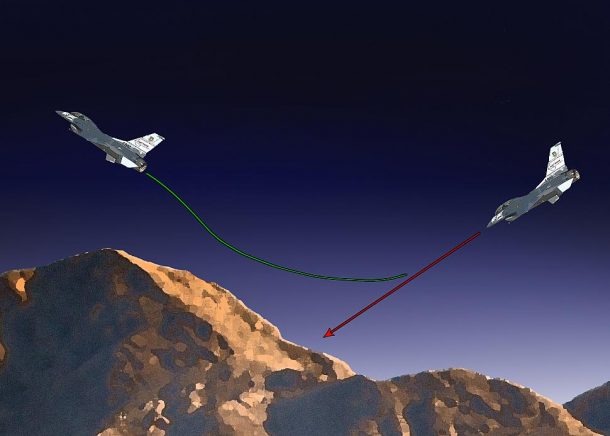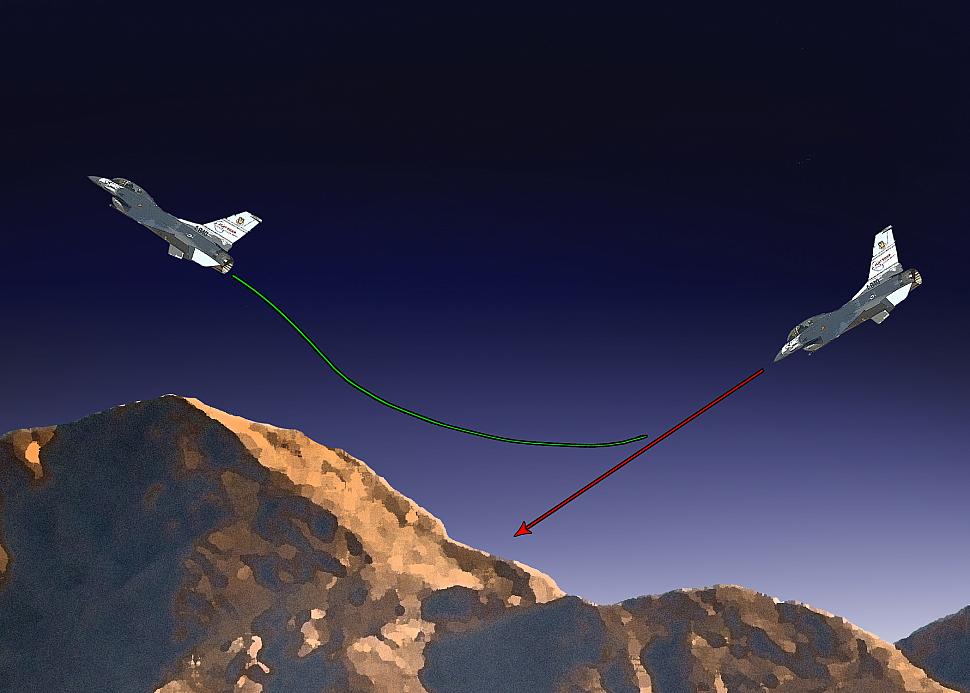
“I started to roll and started to pull and I’m following [the instructor pilot] with my eyes. The next thing I remember is just waking up and hearing ‘recover’. It happened so fast. Usually, most people get tunnel vision that gradually comes in. That’s what I always get, but that day I didn’t get anything.” Ocho said.
As apparent from the video, within 20 seconds the F-16 plummeted from an altitude of 17,000 feet to under 9,000 feet. It was still going down until the Auto-GCAS took effect, which pulled the jet out of a terrible accident with only seconds to spare. The later analysis showed that the aircraft got as low as 4,300 feet before the control were taken over by the safety system.
“Recover, Recover” was the yell from the instructor, Major Luke O’Sullivan from the Arizona Air National Guard’s 152nd Fighter Squadron, to his trainee as his plane was heading for an unfortunate disaster until the system kicked in.
The technology has been developed after nearly 30 years of research and testing by NASA, the Air Force, and Lockheed Martin. Auto-GCAS triggers itself on by comparing the trajectory of the aircraft to a terrain profile generated from plane’s terrain elevation data. As soon as the system predicts the two trajectory’s collision, it takes over the plane controls and initiates an automatic recovery by moving the craft upwards with a 5G pull until the data states that the plane is in control again.
Commander of the 416th Flight Test Squadron, Lt. Col. Chris Keithley said, “To date, this technology has saved four pilots’ lives in training and combat. This means their families didn’t lose a husband, father, son or brother. It’s a huge win, and I can’t overstate how meaningful it is.”
Have anything else to add to this crazy incident?
Let us know in the comments’ section below!

